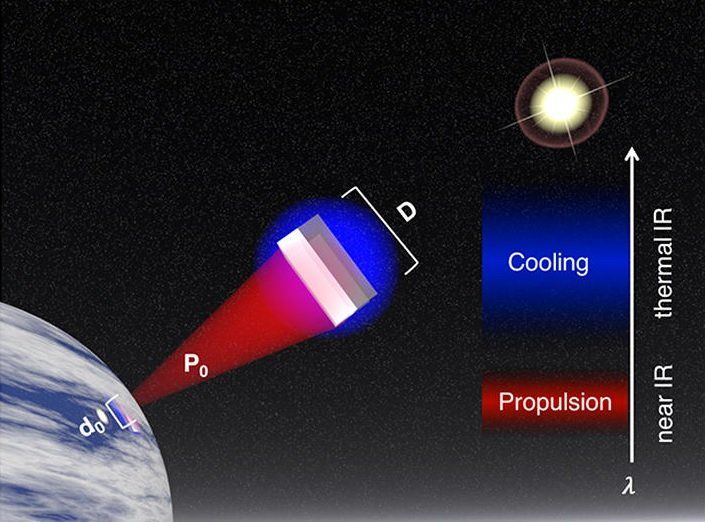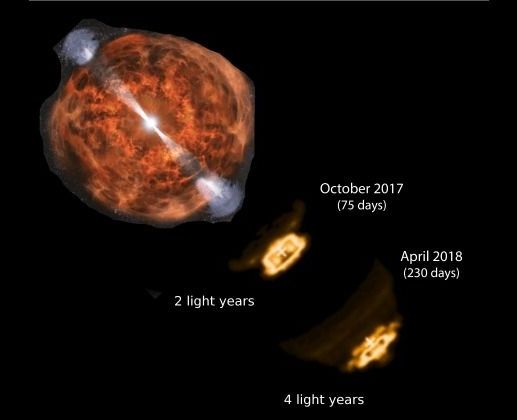A new research discovered the mechanism behind the positive effect of consuming food rich in unsaturated fats. The role of the plasma protein- Apolipo IV as an inhibitor of aggregation of platelets for the diminishing occurrence of heart attack, stroke, atherosclerosis was established.
Foods high in unsaturated fats may protect against cardiovascular disease, and new research published today in Nature Communications has uncovered why.
Apolipoprotein A-IV, known as ApoA-IV, is a plasma protein. Levels of ApoA-IV increase after the digestion of foods, particularly foods high in unsaturated fats, such as olive oil. Higher levels of ApoA-IV in the blood have been reported to be associated with lower rates of cardiovascular disease.
New research from the Keenan Research Centre for Biomedical Science (KRCBS) of St. Michael’s Hospital demonstrates that ApoA-IV is an inhibitory factor for platelets, which are small blood cells that play a key role in multiple diseases, particularly in bleeding and cardiovascular diseases.








